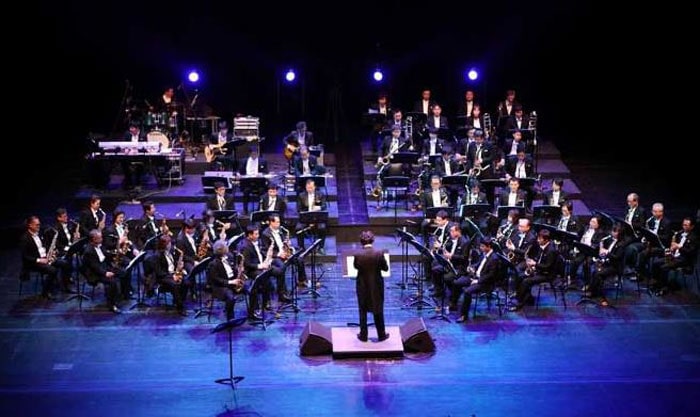Ensemble Musical Instruments – The ensemble itself comes from French which means musical troupe. In the music dictionary, the ensemble is a group of musical instrument activities, with various types of activities.
So, the notion of ensemble music is music that is played together using not one type, but several specific musical instruments and plays certain songs according to the musical instrument being played.
Types of Musical Ensemble Groupings
The musical ensemble is divided into three kinds based on its type. Among them are based on the presentation of the music, based on the role of the music, and based on the class of musical instruments.
Also read: 50 Traditional Musical Instruments
1. Based on the presentation of the musical instrument
If we look at the presentation, ensemble music is further divided into several divisions, such as similar ensemble music and mixed ensemble music.
Music ensemble of a kind is a musical game by grouping musical instruments based on one type. An example of a similar musical instrument is the ensemble recorder.
Mixed ensemble music is a presentation of musical instrument ensembles based on several types of musical instruments. For example, the presentation of music by elaborating several musical instruments such as guitar, pianica, recorder, cymbal, triangel, and tambourine.
2. Based on the role and function
When viewed from the role of musical instruments and their functions, musical ensembles are grouped into three types. Among them are melodic ensembles, rhythmic ensembles and harmonious ensembles.
Melodic ensemble is music that is used to play notes that become a series of song melodies. Among the melodic ensembles can be exemplified as: Pano, pianica, recorder, violin, tambourine, trumpet, and harmonica.
A rhythmic ensemble is a musical instrument that is played for the purpose of regulating the rhythm of a song. Among the examples of rhythmic ensembles are the drum set, tambourine, gong, triangle, and drum.
A harmonic ensemble is a musical instrument that is used to adjust the melody and rhythm of the songs played.
3. Based on the group
Based on the group, ensemble musical instruments are divided into two divisions, namely aspects of the source of the sound, and how to play and their role in ensemble music.
1. In view of the sound source
Judging from the sound source, the ensemble musical are divided into five types, namely acronophones, membranophones, cardophones, idiophones, and electrophones. Now we see the meaning one by one.
Akronof: is a musical instrument whose sound source comes from the vibrations of the air that appear when playing it. Examples are flutes and trumpets.
Membranof: A musical instrument whose sound source comes from plastic, among the musical instruments classified in the membranof are drums, tambourines and drums.
kardofon: This is a type of musical ensemble whose sound comes from the plucked strings. Among them are the violin, guitar and lute.
Idiofon: A musical instrument whose sound source comes from the instrument itself when played. Among them are angklung and gong.
Electrophones: Furthermore, the electrophon ensemble musical instrument, this is a musical instrument that sounds from an electric voltage. Among the examples of this musical instrument are the electric organ and the electric guitar.
Also see: 6 Traditional Rhythmic Musical Instruments
2. How to play a musical instrument
Beaten: Among them are drums, drums, bongo and saron.
Plucked: Musical instruments that are played by picking them are guitar and harp.
Blown: Among the musical instruments that are blown are the clarinet trumpet and the flute.
Shaken / vibrated: angklung.
Swiped: Musical instruments that are played by being rubbed are the violin, cello and fiddle.
That is the understanding of ensemble musical instruments, as well as the types of musical instruments, hopefully it can add to our knowledge of art.
